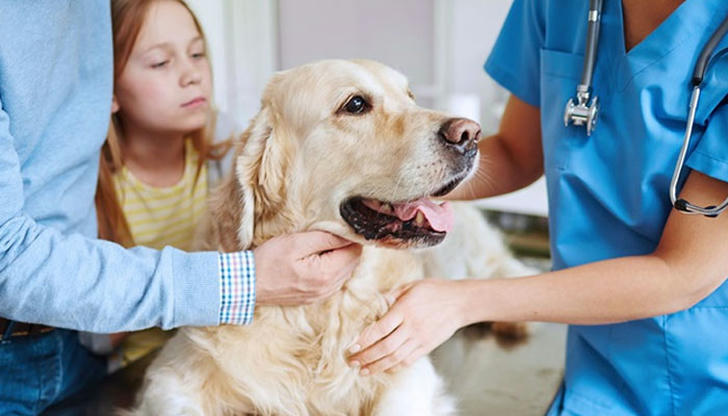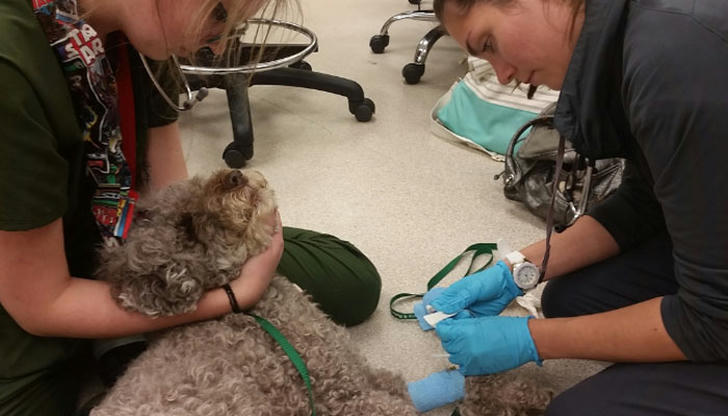I Thought I Didn’t Need It… Until My Dog Ate a Sock.
A Real-World Guide to Pet Emergencies, Vet Bills, and Why Pet Insurance Might Actually Save Your Wallet

It was just another Thursday morning when my Labrador, Max, started acting weird. He wasn’t eating, kept pacing, and then started vomiting foam. A few frantic hours later, I found myself in a veterinary emergency room, staring at a $3,200 estimate for surgery. The culprit? A sock. A literal sock.
That was the moment I learned the hard way: pet insurance isn’t just for “paranoid” pet parents—it’s for anyone who doesn’t have thousands sitting in an emergency fund. If you’ve ever wondered whether pet insurance is worth it, or what kinds of pet emergencies actually happen (spoiler: they’re more common than you think), this guide is for you.
What Really Happens in a Pet Emergency?

We love our pets like family, but they aren’t exactly known for their good judgment. Here are just a few real scenarios that land pets in emergency clinics every day:
Foreign Object Ingestion: Dogs and cats love chewing random stuff—socks, corn cobs, hair ties, even toys. Surgery to remove it? Often $2,000 to $5,000.
Urinary Blockage in Cats: Especially common in male cats. Can be life-threatening and usually requires immediate hospitalization—$1,500 to $3,000.
Ligament Tears (Cruciate): Common in active dogs. Surgery can run anywhere from $3,000 to $6,000 per knee.
Seizures or Unexplained Collapse: These can lead to overnight ER stays, blood work, and imaging. Costs easily hit $1,000+ just to diagnose.
Poisoning or Toxin Exposure: Chocolate, raisins, xylitol gum, houseplants—treatment varies but can range from $500 to $2,000+ depending on severity.
The point? Even “normal” pets living normal lives can rack up abnormal vet bills in the blink of an eye.
But Doesn’t Pet Insurance Cost a Lot?
Here’s the surprising part: most pet insurance plans are way more affordable than one emergency vet visit.
Average monthly cost: $30–$50 for dogs, $15–$30 for cats
Deductibles: Usually range from $200–$500 per year
Reimbursement: Most plans cover 70–90% of eligible expenses
Let’s say you’re paying $45/month for your dog. That’s $540 a year. If your dog eats a sock (like Max did) and you get hit with a $3,000 bill, you could get $2,250 reimbursed—saving you well over $1,500, even after the deductible.
“But My Pet is Healthy…”

That’s what I thought too. Max had never had any issues. He was on high-quality food, exercised daily, and got regular checkups. But the thing about emergencies is they don’t schedule an appointment—they just happen.
In fact, 1 in 3 pets will need emergency vet care each year. And the average cost? Over $1,000.
It’s not about expecting disaster. It’s about not being caught financially unprepared when life throws a sock down your dog’s throat.
What Does Pet Insurance Typically Cover?
Here’s a general breakdown of what most accident-and-illness pet insurance plans include:
✅ Emergency visits
✅ Surgery
✅ Hospitalization
✅ Diagnostics (bloodwork, X-rays, MRIs)
✅ Prescription medications
✅ Chronic conditions (diabetes, allergies, arthritis)
✅ Some hereditary issues (depending on plan)
What’s usually not covered:
❌ Pre-existing conditions
❌ Routine care (unless you add a wellness plan)
❌ Cosmetic procedures (declawing, ear cropping)
❌ Breeding-related expenses
So no, it won’t cover your dog’s yearly dental cleaning—but it will help if he breaks a tooth chewing something he shouldn’t have.
Multi-Pet Families: Is It Worth It for All of Them?

If you’ve got a small zoo at home (two cats, a dog, maybe a bearded dragon), costs multiply quickly. The good news? Many insurers now offer multi-pet discounts—up to 10% off per additional pet. Some even let you manage all your pets under one policy portal, making things easier.
You don’t need to insure every single pet, but think realistically: if your youngest cat is a curious climber or your senior dog has a history of issues, it might be time to consider coverage.
How to Pick the Right Plan (Without Getting a Headache)

1. Choose a Reputable Company: Healthy Paws, Trupanion, Spot, Embrace, Lemonade, and Nationwide are all worth checking.
2. Know Your Pet’s Risk Profile: Bulldogs need different coverage than greyhounds. Cats? Indoor vs outdoor makes a big difference.
3. Read the Fine Print: Look for:
Annual coverage limit (some plans cap at $10k or less)
Reimbursement rate
Waiting periods for accidents or illness
Coverage for hereditary or chronic issues
4. Consider a Wellness Add-on: If you want help covering vaccines, flea/tick meds, or dental cleanings.
Final Thought: It’s About Peace of Mind
You can’t predict when your cat will swallow a string or your dog will eat something stupid—but you can prepare.
Pet insurance won’t prevent emergencies. But it can give you one less thing to worry about when you’re standing in a vet ER at 2am, trying not to cry while holding your fur baby.
Because trust me, when Max came out of surgery—drowsy, confused, but alive—I wasn’t thinking about the cost.
But I sure was glad I’d gotten pet insurance right after that.
Wish I’d done it sooner.
